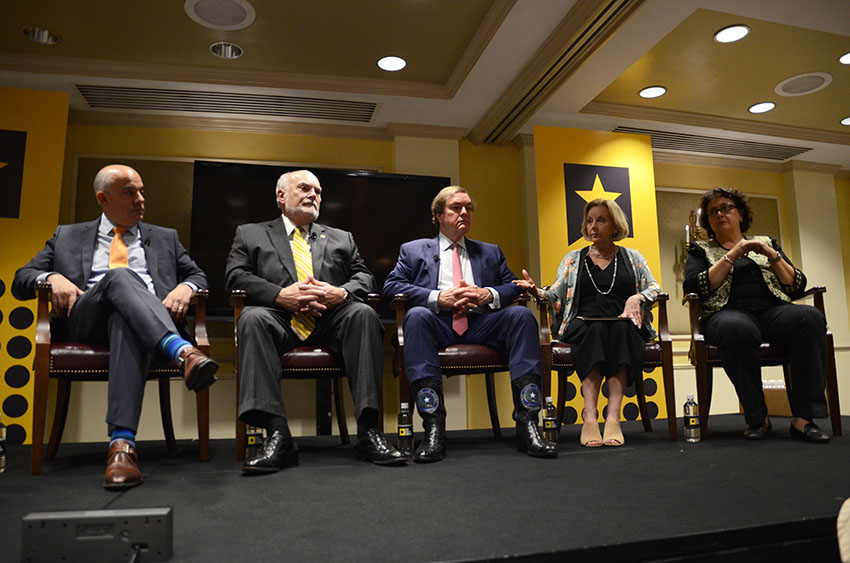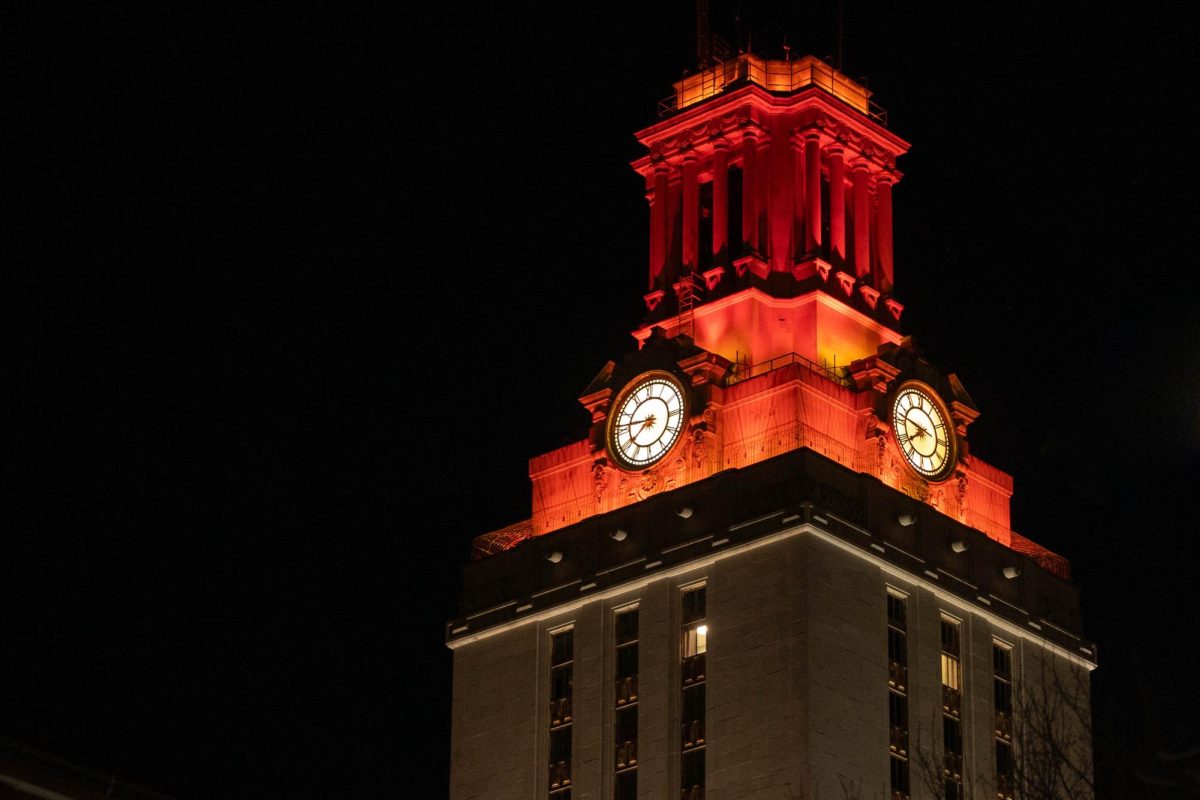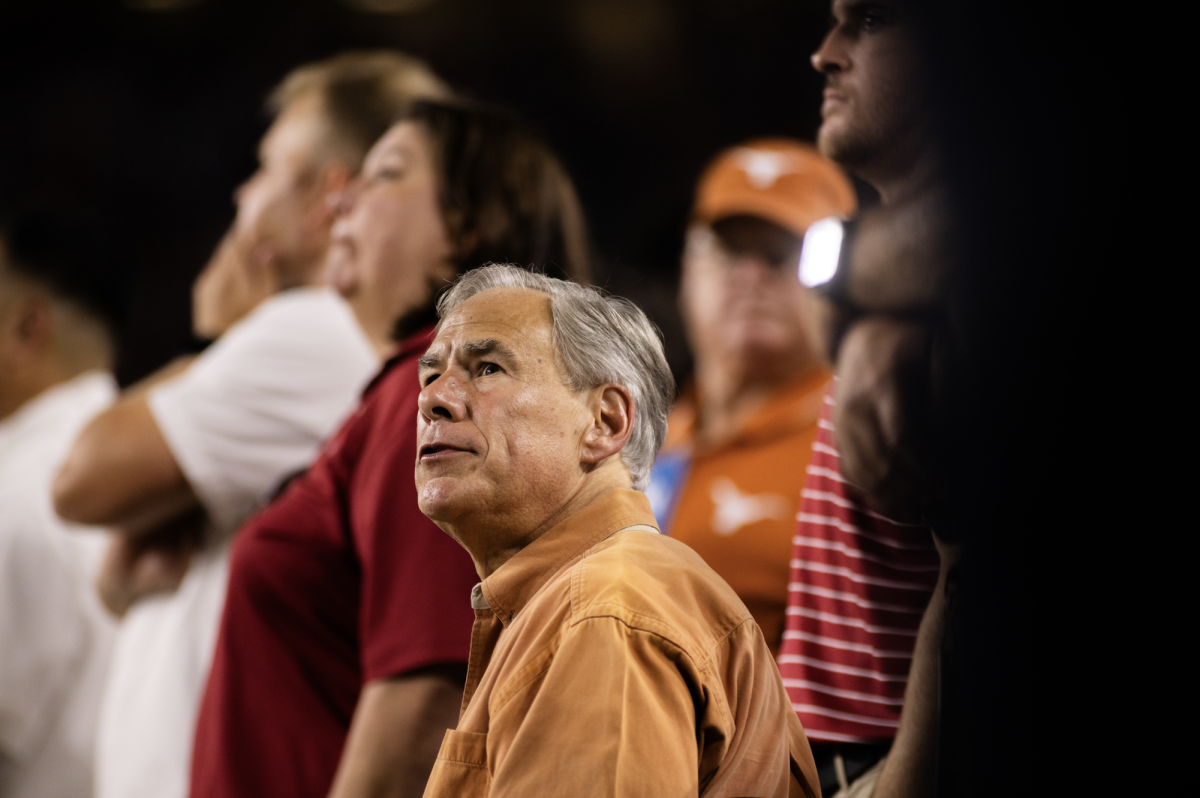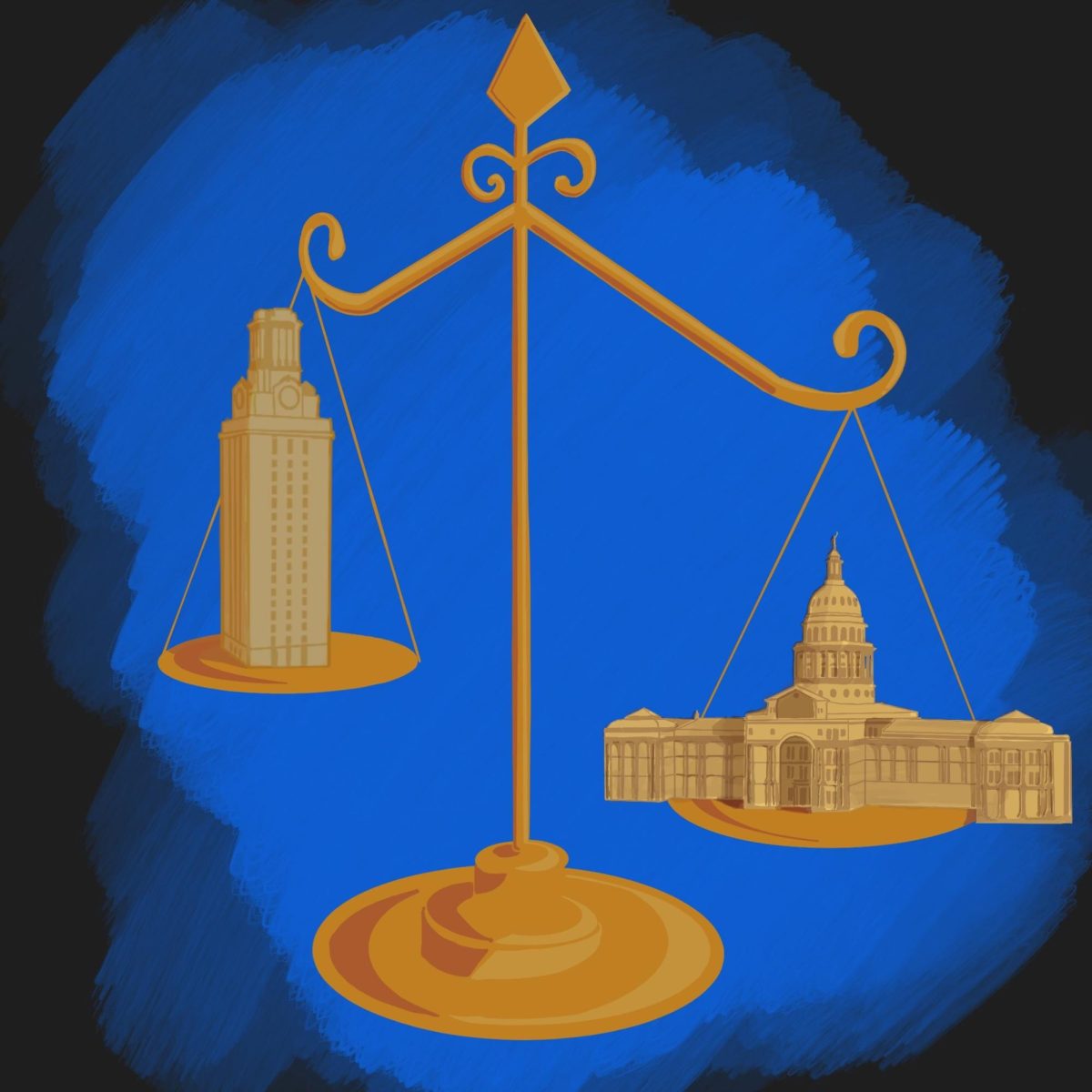Texas welcomed 400,000 new residents in 2017, according to The Texas Tribune. Now facing a population of 28.3 million people, stakes are at their highest for state and local politicians as they decide how to improve infrastructure.
Politicians discussed the future of local public policy at the Texas Tribune Festival this weekend as part of the Texas 2050 series.
At the “Transportation for Tomorrow” event in the Driskill Hotel on Friday, panelists offered differing opinions about where transportation funding should be directed.
J. Bruce Bugg, Texas Transportation Commission chairman, said the Texas Department of Transportation continues to focus funding on building highways because 93 percent of Texans drive, and they have to listen to population preferences.
Texans are growing increasingly wary of expensive toll roads, so State Rep. Geanie Morrison, R-Victoria, said it is important to keep an open mind to alternative transportation, such as Texas Central Partner’s proposed high speed rail between Dallas and Houston.
"We have a huge transportation problem,” Morrison said. “Are we going to keep building roads and roads and roads? We can't say no to everything."
Mayors from Austin, El Paso and San Antonio discussed ways to reduce highway congestion at “The Way Forward is Urban” on Saturday. San Antonio Mayor Ron Nirenberg said the city expects an additional one million residents by 2030, meaning average commute times could increase by 75 percent.
“We need funding for transportation alternatives,” Nirenberg said. “There is an unsustainable push toward putting more concrete on our landscape.”
Nirenberg said cities should respond to rising populations by creating more equitable and affordable housing. Two million Texans spend at least 30 percent of their income on rent, said Beth Van Duyne, regional administrator for U.S. Department of Housing and Urban Development.
"Housing would be the basic building block of the economy, whether or not a family can afford a roof over their head so they can continue to … have a job, get to where they want to go for school, afford groceries and medicine,” Nirenberg said.
Austin Mayor Steve Adler said he often receives complaints about rising property taxes, which both state and local governments contribute to. The state gets more money than ever before, but it is contributing to local infrastructure less every year, he said.
As a result, Adler said local governments must be diligent in solving their own infrastructure issues through remaining property tax revenue and federal infrastructure grants.
“People expect their city government to be able to perform,” Adler said. “I don’t know how much we can expect at the federal level because it’s so polarized there.”
El Paso Mayor Dee Margo said goals of the federal and state governments tend to be incongruent with what local populations are asking for: safer cities, better infrastructure and increased quality of life.
"Repair my potholes, pave my streets, water my parks,” Margo said. “Provide me with some opportunities.”




















